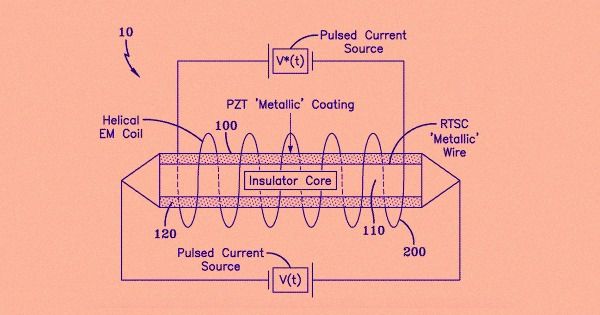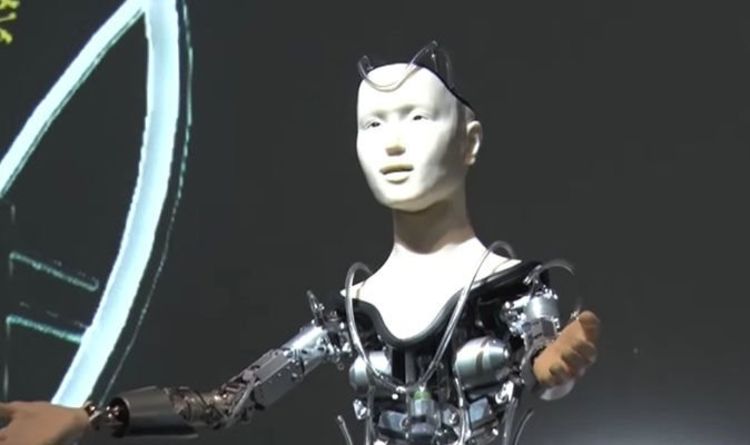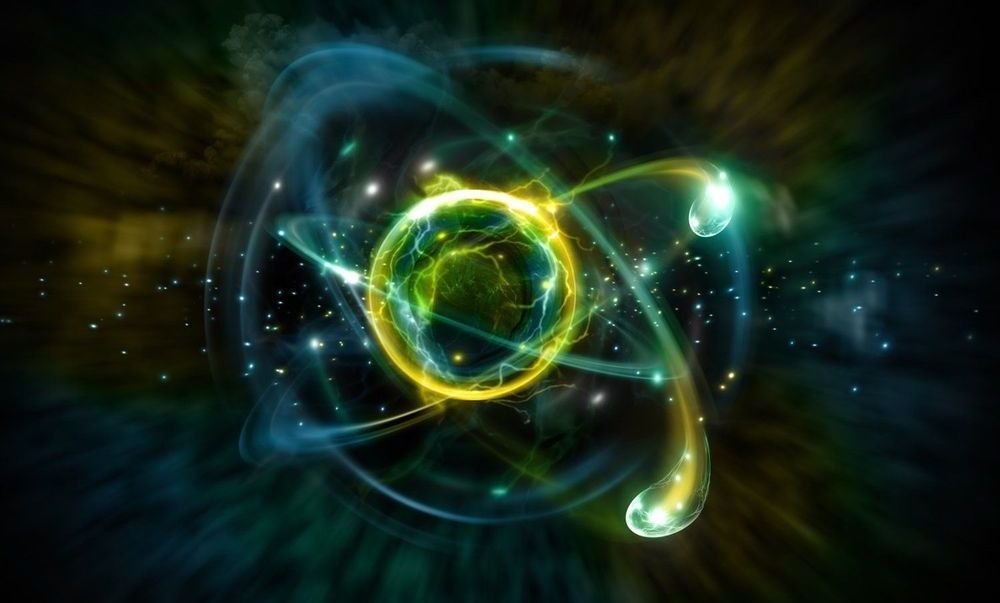
Don’t look now, but Earth is being bombarded with mysterious, invisible light. Among the typical array of radio signals and microwaves cast out by distant stars, black holes and other celestial bodies, there exists a brand of intergalactic light that consistently boggles scientists’ minds — and their instruments. These signals are known as fast radio bursts (FRBs). These ultrastrong, ultrabright radio signals last only a few milliseconds and are thought to originate from billions of light-years away, though their precise source is unknown. (Aliens have not been ruled out.)
The mystery is partially owed to a lack of data; since astronomers first discovered FRBs in 2007, only about 60 have been observed. Now, those numbers are growing fast. According to two new papers published Jan. 9 in the journal Nature, scientists working at the CHIME (Canadian Hydrogen Intensity Mapping Experiment) radio telescope in the hills of British Columbia have detected 13 new FRBs in just a two-month span. Among these newly captured signals are seven bursts that registered at 400 megahertz — the lowest FRB frequency detected so far — and, for only the second time ever, an FRB that flashed repeatedly, six times in a row.
“Until now, there was only one known repeating FRB,” Ingrid Stairs, a member of the CHIME team and an astrophysicist at the University of British Columbia, said in a statement. “With more repeaters and more sources available for study, we may be able to understand these cosmic puzzles — where they’re from and what causes them.”
Read more








